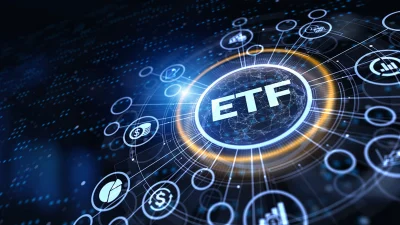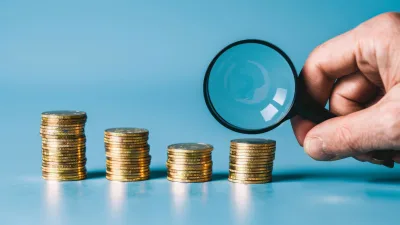5 tips on ETFs ahead of EOFY



Ahead of the approaching end of financial year, State Street has shared five tips for advisers who are using ETFs in their client portfolios.
If an ETF is held directly, an ETF tax statement or AMIT Member Annual Statement will be sent after the end of the financial year, accompanied by a guide to help transfer information into the tax return. This will include capital gains, dividends and franking information.
If the ETF is held via a platform, the platform provider may issue a consolidated statement that summarises the information.
Here, State Street shares five tips regarding ETF holdings:
- Make sure you have supplied your Tax File Number (TFN)
Providing your TFN is important for two reasons. Firstly, you may not be paid the full distribution if you haven’t provided your TFN. If the issuer doesn’t have your TFN, they may be obliged to hold back some of your distribution and pay it to the Australian Taxation Office (ATO). You may be able to claim it back eventually, but it is usually easier to provide your TFN up front. Secondly, if the issuer has your TFN, most of the important tax information from your ETF investment will be passed automatically to the ATO, making it easy for you or your tax adviser to pull it into your tax return.
- Make sure you have supplied an email address
This will allow you receive updates from your ETF issuer. If the issuer has your contact details, they can easily alert you to any special considerations at tax time for your particular ETF holdings.
- Be careful about frequent trading close to the distribution date
If your ETF holds Australian shares, and if you have traded close to the distribution date, you may not be able to use all the franking credits distributed. The rules governing franking credits are complex, especially the “45-day rule”, and you should speak to your tax adviser before trading close to the distribution date.
- Keep records of ETF trades
Like when you sell an investment property or a regular company share, selling an ETF on the ASX can result in capital gains tax. That means you need to keep records of your purchases and sales. This is something the issuer can’t help you with, because most trades are done on the ASX and the issuer is not directly involved. You will need to get transaction details from your share trading or brokerage account. The good news is that a single ETF can give exposure to hundreds of companies, but you only need to keep trading records on one ETF.
- Don’t submit the tax return too early
While you may know the cash distribution on 30 June, you won’t know some of the finer tax details linked to your ETF distributions until you receive your ETF tax statement, also known as AMIT Member Annual Statements. So it’s best to wait until you receive your statements for all your investments.
Recommended for you
Ausbil is growing its active ETF range with an ESG product in collaboration with sister company Candriam.
Philanthropic investment group Future Generation’s CEO, Caroline Gurney, will step down from her role at the start of next year.
The newly combined L1 Group is expectant of stabilising Platinum’s falling funds under management within the next 18 months, unveiling four growth pathways and a $330 million equity raise.
Janus Henderson Investors has launched a global small-cap fund for Australian investors, which includes a 5.4 per cent weighting to Australian equities.











